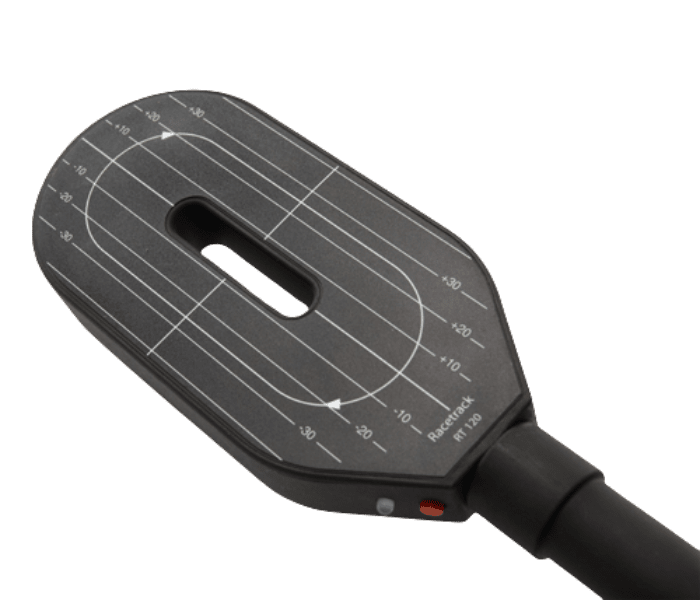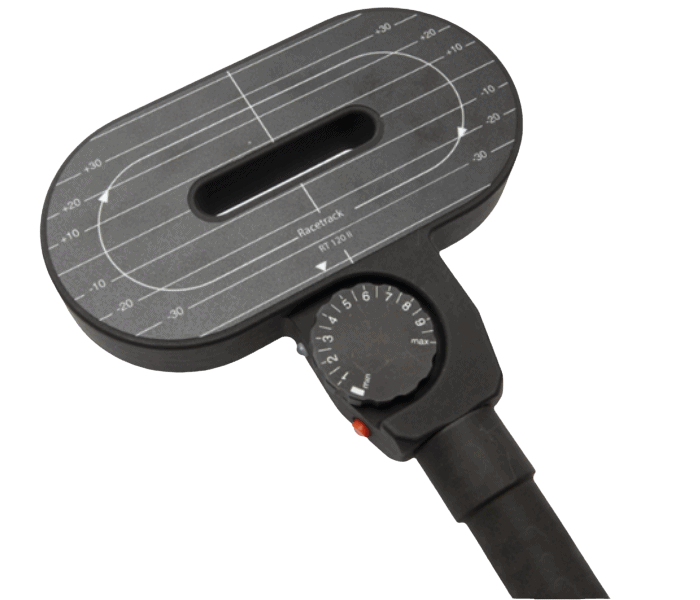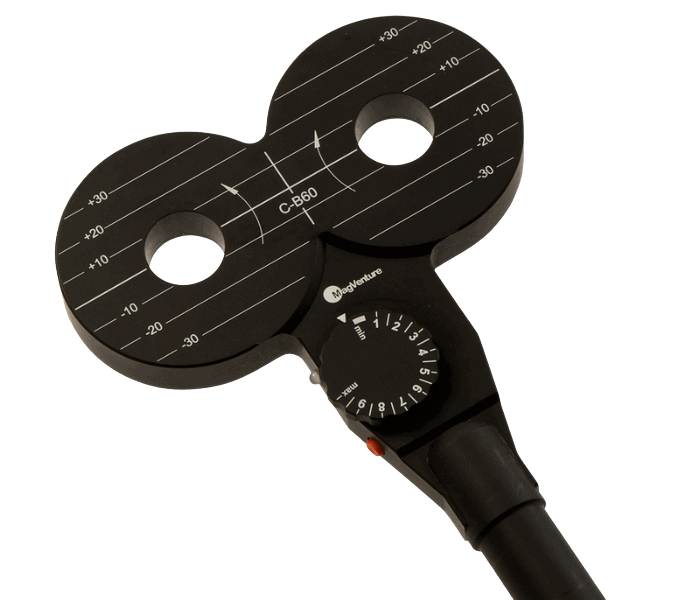rTMS for OCD and MDD
This page is a work in progress, please visit it again, in the near future.
What is TMS?
Transcranial Magnetic Stimulation (TMS) is a non-invasive medical procedure that uses magnetic fields to stimulate nerve cells in the brain. In simpler terms, it is a treatment that involves sending magnetic pulses to the brain to stimulate certain areas that may be responsible for mental health disorders like depression, anxiety, or even chronic pain. The procedure is relatively painless and doesn’t require any anesthesia, making it a popular alternative to other treatments like medication or electroconvulsive therapy. TMS has been shown to be effective in treating a variety of conditions, like Depression, OCD and is even used to help people quit smoking.
TMS is considered a safe and well-tolerated option for many patients.
When was TMS invented, and by whom?
Brain stimulation in general has a long history, dating back to the ancient Greek, Roman and Egyptian civilizations.
Modern brain stimulation was pioneered in the late 19th century and further perfected in the 20th century.
Transcranial Magnetic Stimulation (TMS) was first introduced in 1985 by Anthony Barker and colleagues at Sheffield University in England.
If you’re interested in Dr. Barker’s personal memories of the discovery… we’ve got a great video here
What is a typical TMS therapy session like?
The therapist will explain the procedure and answer your questions. You will be seated in a comfortable reclining chair, and the therapist will determine your motor threshold so she’ll know what strength the pulses need to be to be effective and as comfortable as possible. Then the coil will be positioned in the right spot. When that is done the session will begin. Sessions can last anywhere between 15 to 45 minutes, depending on the type of treatment.

Different types of coils
There are different types of coils used in transcranial magnetic stimulation. The most common types of coils used in TMS are the figure-eight, circular, and double-cone, but H-coils also exist.
The figure-eight coil is ideal for localized brain stimulation and is commonly used in functional brain research and clinical medicine. The circular coil induces a single circular loop of eddy current and is frequently used for motor evoked potential (MEP) mapping. The double-cone coil is useful for deep brain stimulation, while the H-coil is suitable for wide stimulations. Structural variations of the figure-eight coil have also been developed for deeper stimulation.
The choice of coil depends on the specific application and desired outcome of the TMS procedure.
Some questions you may have
Is TMS dangerous?
TMS is a safe and well proven therapy. Many, many thousands of people have undergone TMS therapy and not a single accident was ever reported.
Does TMS hurt?
You may feel some mild discomfort to your scalp, or a slight neck pain or headache during treatment. As soon as the treatment stops, this feeling will cease.
What are the side effects of TMS?
There are no known side effects.
What is MT, or Motor Threshold?
In most neurophysiological and neuropsychological studies, TMS intensity is determined based on the motor threshold (MT), which is defined as the minimum current intensity of TMS that produces a pre-defined motor-evoked potential (MEP) amplitude in a target muscle.
What is the Homunculus?
Wikipedia says: A cortical homunculus is a distorted representation of the human body, based on a neurological “map” of the areas and proportions of the human Brain dedicated to processing motor functions, or sensory functions, for different parts of the body. The word homunculus is Latin for “little man”, and was a term used in alchemy and folklore long before scientific literature began using it. A cortical homunculus, or “cortex man”, illustrates the concept of a representation of the body lying within the brain. Nerve fibres from the spinal cord terminate in various areas of the parietal lobe in the cerebral cortex, which forms a representational map of the body.
What is Heart-Brain Coupling?
Neuro Cardiac Guided Transcranial Magnetic Stimulation is a newly developed method that proposedly probes the frontal vagal network in order to individualise DLPFC site of stimulation selection for rTMS treatment.
You can read more about it here
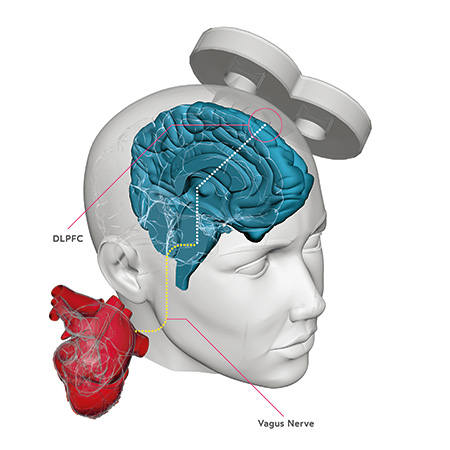
You can order your informative and beautiful poster by following this link
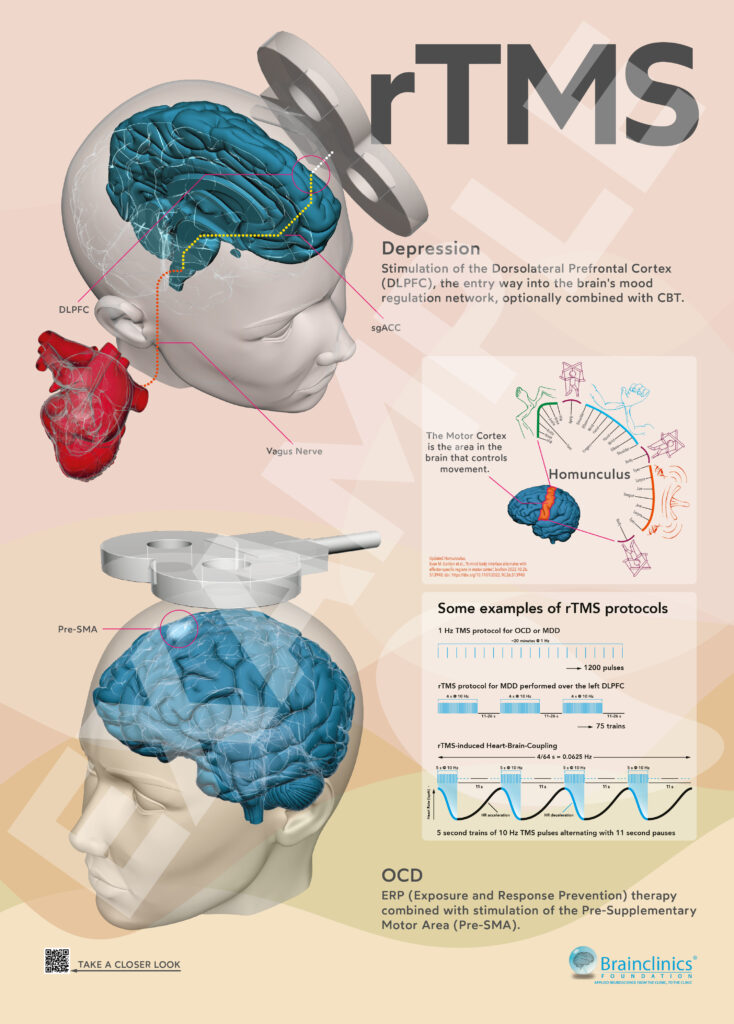
coing soon: supplementary figures: graphs, charts etc
coming soon: a list of scholarly publications about rTMS for MDD and OCD, showing efficacy etc


